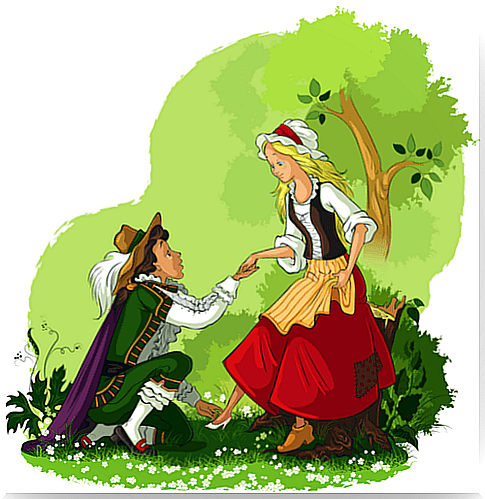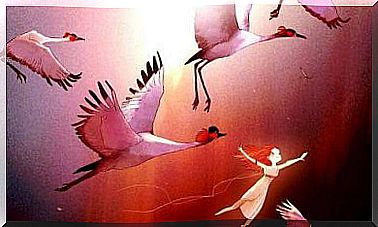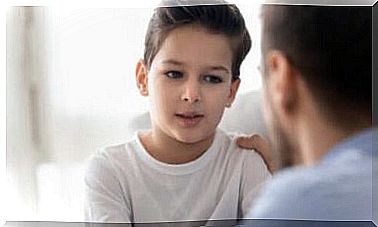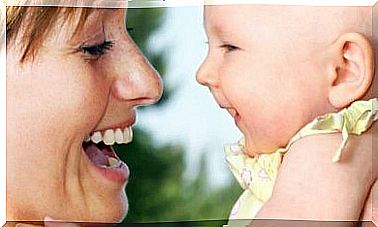The Brothers Grimm’s Tales And Their Repercussion On Children

At the beginning of the 19th century, brothers Jacob and Wilhelm Grimm wrote and compiled almost 300 short stories. These stories have been translated into numerous languages, adapted and even made into movies. The Brothers Grimm are, without a doubt, a celebrity in children’s literature.
However, his literary compilation was not originally intended for such a young audience. The first versions of his stories are extremely raw and, therefore, were adapted for children. The Brothers Grimm themselves began with the complicated task of “docifying” their stories for a child audience. But that doesn’t stop these stories from having a certain effect on children.
The Brothers Grimm’s Tales: They were neither happy nor did they eat partridges
We are used to stories for children having an idyllic ending. The good ones win, the bad ones flee and all lived happily and ate partridges. But as we stated before, many stories originally did not have this ending, among them those of the Brothers Grimm, Perrault or Andersen. Cruelty and violence mark these stories.
Although these stories are loaded with morals, they are accompanied by truculent details. In Hansel and Gretel, the witch dies roasted alive, and The Little Mermaid turns to foam and disappears when rejected by the prince. This style is believed to be due to a desire to scare children away from certain situations or people that might be dangerous.

Adapt the tales: only up to a point
Some parents are afraid to lie to their children when they tell fantastic tales. While it’s true that tales don’t always look like reality, that doesn’t mean that children confuse the two. Other parents, however, believe that if everything related between the tales and reality is eliminated, children will grow up happier and more protected. But that’s not quite right either.
The key is to find the right balance. Changes were made in the tale, but in the ideals to neutralize its negative, cruel or violent aspects, enhancing the benefits. Hard as they are, we mustn’t forget that the Brothers Grimm’s tales have important morals. It is necessary to look for adaptations that do not forget the function of these stories.
Furthermore, we have to keep in mind that adaptation also depends on each child. This factor was essential for there to be so many versions of the same story. Aside from age and comprehension, it’s all about keeping in mind that each person has a different level of sensitivity.
The Brothers Grimm Stories: More Than Just Entertainment
Every short story has a double function: on the one hand, it is pleasant entertainment, but on the other hand, it conveys important messages and values. Most have a strong moral character, and the endings generally punish characters who did wrong and reward those who did well. But in addition to this basic dual function, the Brothers Grimm’s tales play an important representative role.

Stories are, to some extent, a means of progressively introducing children to reality. As we have seen before, the brutality of some may be due to a search for protection, a warning to warn children of the dangers that await them. But it is not just the deeds that reflect reality: it will be in the relationship with the characters that the children will relate these stories to their surroundings.
The use of cruel characters is especially notorious. We can cite, for example, the famous stepmothers of the Brothers Grimm: Cinderella, Sleeping Beauty or Snow White lived in terror of these evil women. Children use these evil characters to understand the manifestations of people’s feelings. In this way, they associate their loved ones with people who are good or angry, evil: stepmothers.
We can’t forget the other side of stepmothers: the fairy godmothers. These characters take care of the protagonists, just as they do with children. They will be people who protect them from the threatening or enraged subject from before. Through fairies, children understand that their loved ones will be there to care for and protect them.








